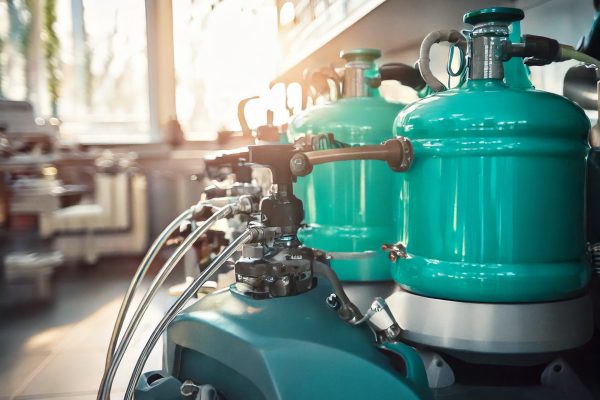The Role of Medical Gas in Veterinary Clinics and Animal Hospitals
When it comes to delivering safe and effective veterinary care, medical gas systems are as vital in animal hospitals as they are in human healthcare. From routine operations to emergency interventions, gases such as oxygen and nitrous oxide play an essential role in anaesthesia and life support for pets and animals of all sizes.
Veterinary surgeons rely on well-maintained medical gas infrastructure to perform procedures safely. Oxygen is crucial during surgeries to maintain stable respiratory function, while anaesthetic gases allow for precise sedation during complex treatments. These systems must be installed and maintained to the same standards as those in human medical environments, ensuring the welfare of animals is never compromised.
Whether it’s a companion animal undergoing dental work or a farm animal receiving critical care, the quality and reliability of the medical gas pipeline system directly impact outcomes. That’s why veterinary practices across the UK are investing in dedicated gas solutions tailored to their practice needs. Veterinary teams must follow strict safety measures when working with gaseous anaesthesia, as outlined in this practical guide on handling anaesthetic gases effectively.

Veterinary Medical Gas in Diagnostic and Emergency Care
Beyond anaesthesia, medical gases serve a key function in diagnostics and recovery. In emergencies, animals experiencing trauma or respiratory distress are administered oxygen to stabilise their condition before treatment begins. In diagnostic imaging, such as MRI and CT scanning, medical gas systems support equipment function and patient preparation.
Modern animal hospitals are increasingly incorporating high-spec gas delivery infrastructure that mirrors what you’d find in a typical NHS facility. This includes piped oxygen, vacuum suction for fluid removal and scavenging systems for waste gas management—creating a safe environment for both staff and animals. Here are the primary uses of medical gas in veterinary settings:
- Oxygen supply for surgeries and emergency resuscitation
- Nitrous oxide for anaesthesia during procedures
- Vacuum systems for wound care and dental procedures
- Scavenging systems to safely remove waste anaesthetic gases
- Suction systems used in minor and major surgeries
- Pressure monitoring to ensure consistent, regulated gas flow
With pets now living longer and receiving more advanced care, the demand for high-quality veterinary gas systems has never been greater.
Supporting the Veterinary Sector with Reliable Gas Solutions
At Midland Medical Services, we understand that veterinary professionals need access to the same level of precision and safety as human healthcare providers. That’s why we offer bespoke medical gas pipeline systems tailored to veterinary clinics, from compact practices to large-scale animal hospitals.
Our services cover full system design, installation, maintenance and compliance checks, ensuring each veterinary facility operates to the highest safety and performance standards. Whether you’re upgrading a small surgery room or fitting out an entirely new hospital, we bring decades of experience to help you deliver the best possible care for every patient—two-legged or four.
If you’re looking to enhance your veterinary practice with reliable, compliant and expert medical gas solutions, we’re ready to help.
